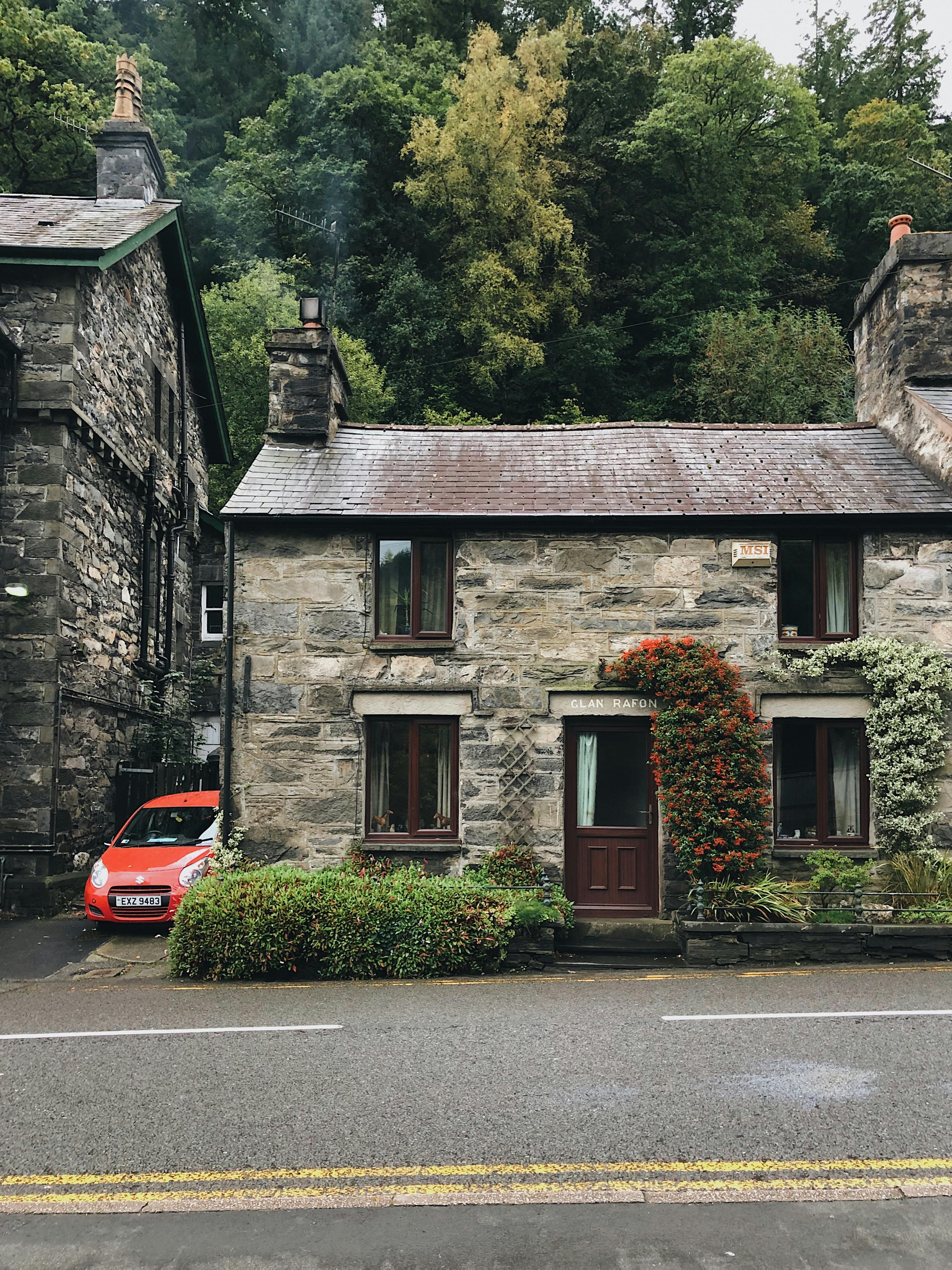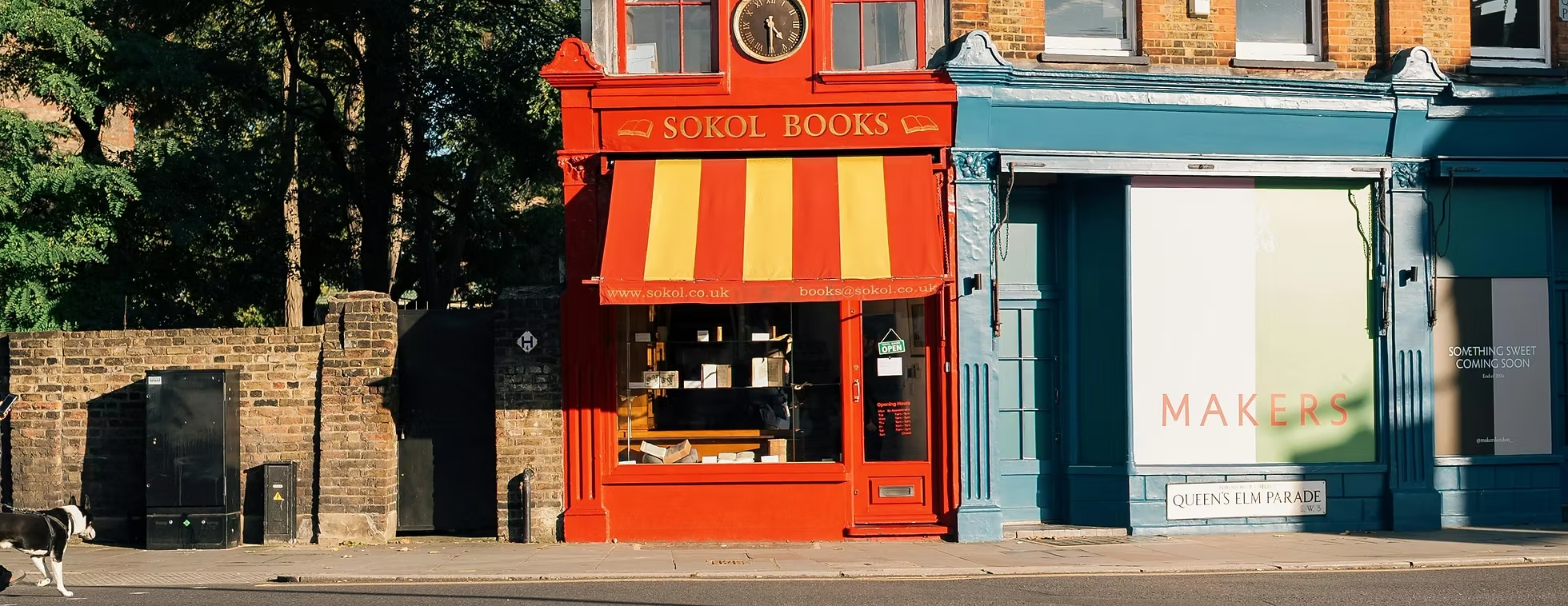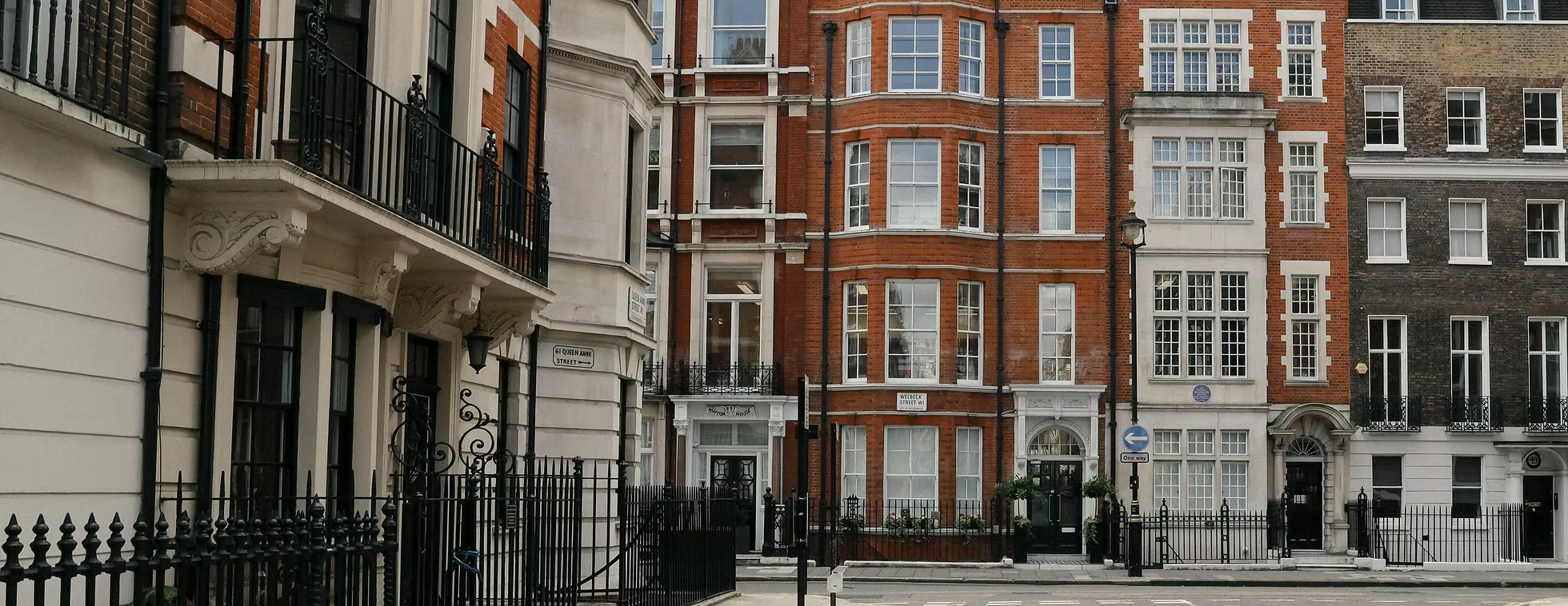HMO Investments: Exploring the Potential of Multi-Let Properties
Introduction to HMO Investments
HMO properties, or Houses in Multiple Occupation, have become a popular choice for investors interested in generating rental income from multiple tenants within a single property. Compared to traditional buy-to-let models, HMOs can provide higher gross yields and diversified income streams, as each room is rented separately.
This setup can help reduce the impact of occasional vacancies and appeal to a range of tenant types, from students and young professionals to key workers. As with all property investments, performance depends on location, demand, and effective management, making careful planning and compliance essential

How HMOs Generate Income
HMO investments can create multiple income streams by renting individual rooms within a single property. For example, a four-bedroom home with rooms let at £500 per month would generate around £2,000 in total monthly income. This structure often results in higher gross rental yields compared with a standard buy-to-let property, which might bring in £1,200 for the entire house.
Because income is divided across several tenants, the overall cash flow can be more resilient to short-term vacancies. Even if one room becomes empty, rent from the remaining occupants can help offset core expenses.
In addition to rental income, HMOs may also benefit from capital appreciation over time. For illustration, if a property purchased for £200,000 were to increase in value by 5% in a given year, this would represent a £10,000 rise. Actual performance will depend on market conditions, location, and property management.
For more details, see our Leeds HMO Investment Breakdown, which includes a five-year scenario analysis of costs, income, and potential outcomes.

.jpg)
Difference Between HMO and Buy-to-Let Investments
When comparing HMO and buy-to-let investments, several important distinctions emerge:
Income Potential: HMOs often achieve higher gross rental yields than single-let properties because income is generated from multiple tenancies within one building.
Tenant Turnover: HMOs typically experience more frequent tenant changes, meaning they require a more active management approach than standard buy-to-lets.
Compliance and Costs: HMOs involve additional legal requirements such as licensing, fire safety upgrades, and minimum room size regulations, which can increase setup and maintenance costs.
Buy-to-let properties may suit investors seeking straightforward management and long-term tenants, while HMOs can offer stronger income potential where managed effectively and in full compliance with local regulations.
HMO Licensing and Legal Requirements
Understanding HMO licensing is essential for anyone considering this type of property investment in the UK. In most cases, an HMO licence is required when three or more tenants from different households share common facilities such as a kitchen or bathroom. When a property accommodates five or more tenants forming multiple households, a mandatory HMO licence is required by law.
HMO Licensing Checklist
- The property houses three or more unrelated tenants.
- Five or more tenants require a mandatory licence.
- Fire safety compliance, including fitted fire doors, smoke alarms, and accessible escape routes.
- Adequate facilities such as kitchens, bathrooms, and shared living space.
- Minimum room sizes as set by the local authority.
Licence applications are submitted to the local council, and fees vary by location. Non-compliance can lead to substantial fines, rent repayment orders, or the loss of a licence.
Article 4 Planning Areas
In certain parts of the UK, local councils have introduced Article 4 Directions, which remove permitted development rights for converting a standard residential property into an HMO. In these areas, landlords must apply for planning permission before carrying out any conversion. Article 4 typically applies in locations with a high concentration of HMOs, where councils aim to maintain balanced communities and manage local housing demand.
Understanding whether a property lies within an Article 4 area is a key part of the due diligence process before purchasing or converting an HMO.


Key Considerations When Investing in HMOs
Investing in HMO properties requires careful planning and awareness of several key factors:
Location: HMOs tend to perform best in areas with consistent rental demand, such as university towns or cities with strong employment markets. Understanding local demographics and Article 4 restrictions is essential before purchasing or converting a property.
Tenant Type: HMOs often attract students, young professionals, and individuals seeking flexible or affordable shared accommodation. Identifying the target tenant group helps ensure the property layout and amenities align with demand.
Property Layout and Room Sizes: To qualify as an HMO, properties must meet local authority standards for room sizes, safety, and shared facilities. Layout efficiency and access to communal areas also influence long-term tenant satisfaction.
Management and Maintenance: HMOs require regular oversight, including ongoing maintenance, safety inspections, and tenant coordination. Many landlords choose to work with professional property managers to ensure compliance and day-to-day efficiency.
Converting a property into a compliant HMO may also involve initial costs for fire safety systems, security features, and improvements to shared amenities. Planning these expenses in advance supports smoother setup and long-term sustainability.
Transform your home with our property sourcing solutions
Challenges of HMO Investments
While HMO properties can deliver strong income potential, they also come with additional responsibilities and considerations compared with standard buy-to-let investments.
Increased Management: HMOs typically require more active management. Landlords must handle multiple tenancies, regular maintenance, and compliance checks, or appoint a professional property manager to oversee operations.
Compliance Requirements: HMO properties must meet defined safety and amenity standards, including fire doors, smoke alarms, minimum room sizes, and adequate shared facilities.
Higher Setup Costs: Converting or upgrading a property to meet HMO standards can involve significant upfront expense, particularly if structural alterations or licensing requirements apply.
Tenant Turnover: Multi-let properties often experience higher turnover rates, leading to more frequent tenant sourcing and potential short void periods between tenancies.
Understanding these challenges and budgeting for them from the outset helps landlords approach HMO investment with realistic expectations and effective planning.

.jpg)
Steps to Get Started with HMO Investments
Getting started with an HMO investment requires careful planning and an understanding of both property and compliance requirements.
Property Selection: Focus on areas with proven rental demand and properties that offer a layout suitable for multiple occupants. Local market knowledge and early due diligence can help identify properties that lend themselves well to HMO conversion.
Financing Options: HMO mortgages differ from standard buy-to-let loans, and not all lenders offer them. Investors should research specialist products and seek independent professional advice to assess affordability and eligibility.
Conversion and Setup: Most HMOs require modifications such as installing fire doors, integrated alarm systems, and additional amenities to meet local authority standards.
Licensing Process: Apply for the relevant HMO licence through your local council, ensuring the property meets all safety, amenity, and management requirements.
Taking the time to understand each stage of the process helps investors approach HMO projects with realistic expectations, strong foundations, and long-term sustainability.
.avif)
Frequently Asked Questions
Do I need a license to run an HMO?
Yes, if your property houses three or more unrelated tenants, or five or more in total, an HMO license is generally required.
What are the minimum room size requirements for an HMO?
Minimum room sizes vary by local council, but generally, rooms must be at least 6.51m² for a single adult.
What are the potential returns on HMO investments?
HMO properties often yield higher rental returns than standard buy-to-lets, with returns varying by location and tenant type.
What are the compliance requirements for HMOs?
HMO landlords must comply with fire safety regulations, minimum room sizes, and amenities to obtain and retain a license.
How can I finance an HMO investment?
Many lenders offer specialised HMO mortgages. Consult with a financial advisor or mortgage broker experienced in HMO financing.
Who typically rents HMO properties?
HMOs are popular with students, young professionals, and those looking for affordable shared accommodation.
What are the typical management requirements for an HMO?
HMOs require active management, including tenant sourcing, property maintenance, and regular compliance checks.





